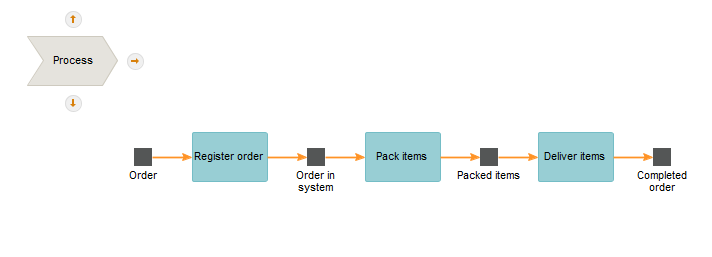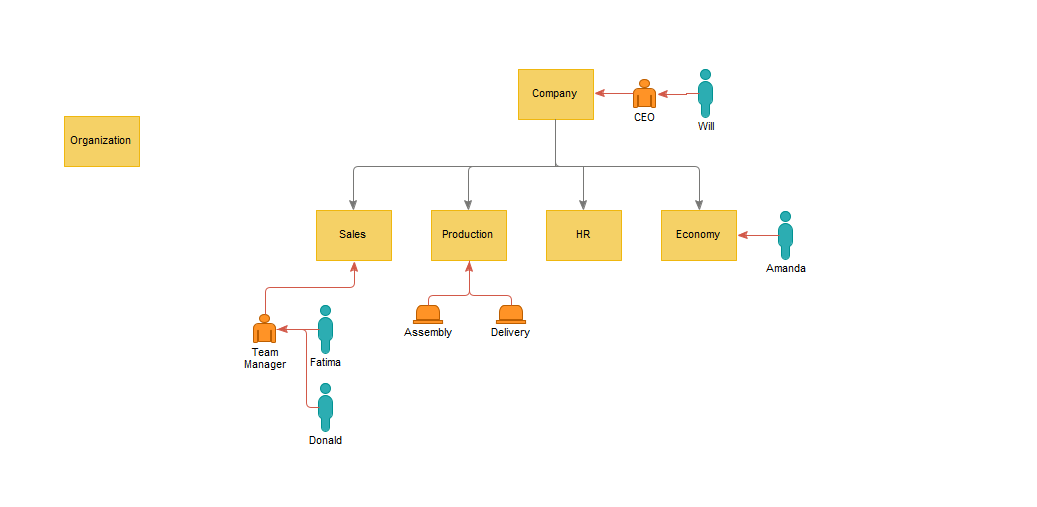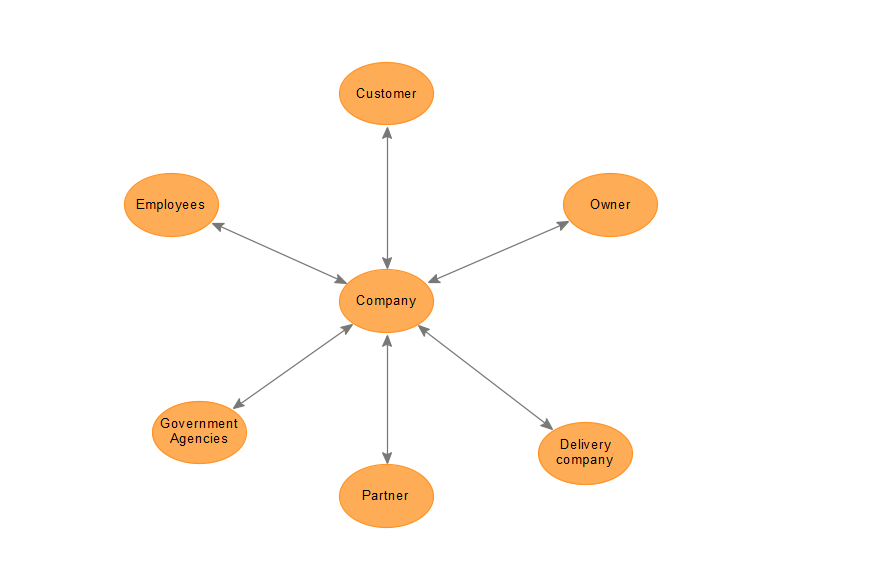Something which accurately resembles or represents something else, esp. on a small scale; – Oxford English Dictionary
A model is a representation of a subject. You can make a model of something physical, for example cells in our bodies. We can also create models of something more abstract such as an organization.
Process Model
The process model shows what activities are needed to solve a problem. Examples could be, how we deliver items, steps of production or how the organization pays it’s bills.

Organization Model
Organization model provides a great overview on how the organization is structured. We see all the different departments, and how they are connected. Roles and positions are placed out here as well, so you can easily see what departments they belong to.

Interested Party Model
We can clearly see how many connections an organization have through an “Interested Party model”. Examples of Interested parties could be customers, Shipping company, Government Agencies. To count as an interested party, you need to require something from the organization, or that the organization requires something from you.

Relationship Model
We can see how a specific relationship looks like in a relationship model. What the requirements the interested party and organization have on each other. If we take the relationship between customer and organization as an example, we’ll see that the customer might require a swift delivery, while the organization require the customer to pay on time. The requirements of both the customer and organization can be viewed in the “Relationship Model”.
